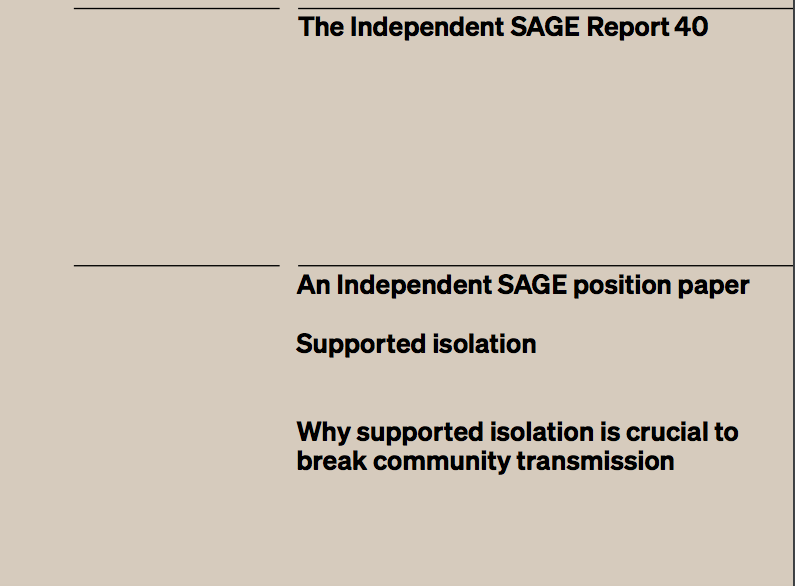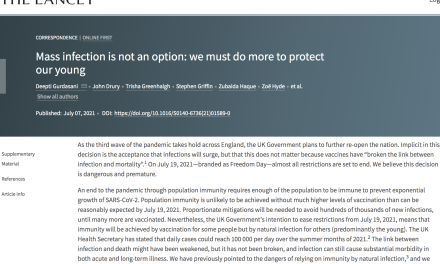As early as 29th January 2020, the World Health Organization (WHO) informed all countries
that “We can stop transmission chains.” Isolation of cases and contacts is the most efficient and
focused way to clamp down on the virus and break transmission chains. Countries that have
done this effectively have had fewer lockdowns and much lower death rates. As the Nobel
prize-winning economist Paul Romer wrote in March 2020, “If we contrast a nonspecific policy
of social distance with a targeted policy guided by frequent testing that is equally effective at
containing the virus, how much more disruptive is the nonspecific policy? Answer? Way more
disruptive.”
The key to blocking transmission is that people suspected to be infected (based on symptoms) or
exposed to infection are tested with the result provided within 24 hours and supported to
quarantine at home or in supervised facilities for 14 days, or, if they have a negative test, at 10
days. Confirmed cases must be helped isolate, with clinical monitoring and financial support to
allow them to pay bills, feed their family and not worry about a loss of income.
Close contacts of suspected cases must be tracked, traced and tested as quickly as possible.
Forward tracing (those who may have been infected) and backward (those who may have
transmitted the infection) are both important.
Too often, governments have focused on the number of tests done, but not the speed of test
reports, completeness of tracing, and effective isolation of both cases and asymptomatic close
contacts.
Read in full here:





